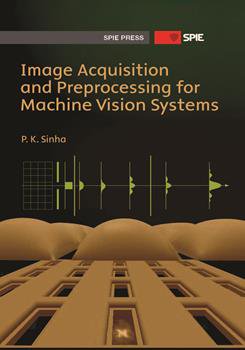|
The primary use of Fourier transformation is to extract the frequency spectrum of a given waveform with respect to an independent variable (space or time). This appendix is a primer for Chapters 12 and 13. A.1 Fourier Series According to the Fourier theorem, any periodic waveform can be expressed as a summation of a series of simple harmonic terms. The notation used in this context are (1) analysis: the decomposition of a parent function [f(x)] into a collection of harmonic components (sine and cosine waveforms); and (2) synthesis: the reconstitutions of f(x) from these harmonic components. The basic form of the Fourier theorem says that if a function f(x) is periodic over the interval x0 ≤ x ≤ x0 + l0, is absolutely integrable, and has a finite number of discontinuities, it can be represented by the following infinite sum: (A.1a) In this polar form of the Fourier series, the fundamental mode (lowest-frequency waveform) has an angular frequency ω0 = (2π/x0) with amplitude A1. The n harmonics have frequencies nω0 and amplitudes An; the constant A0 represents the d.c. term, and ωn is the radial frequency in rad/cycle. The independent variable on the x axis is the spatial distance (mm) in image processingz and time (sec) in temporal signal analysis. One of the widely referred-to examples of the Fourier series is the reconstruction of an asymmetrical square wave (pulse train) from a collection of harmonics: (A.1b) |
|
|


